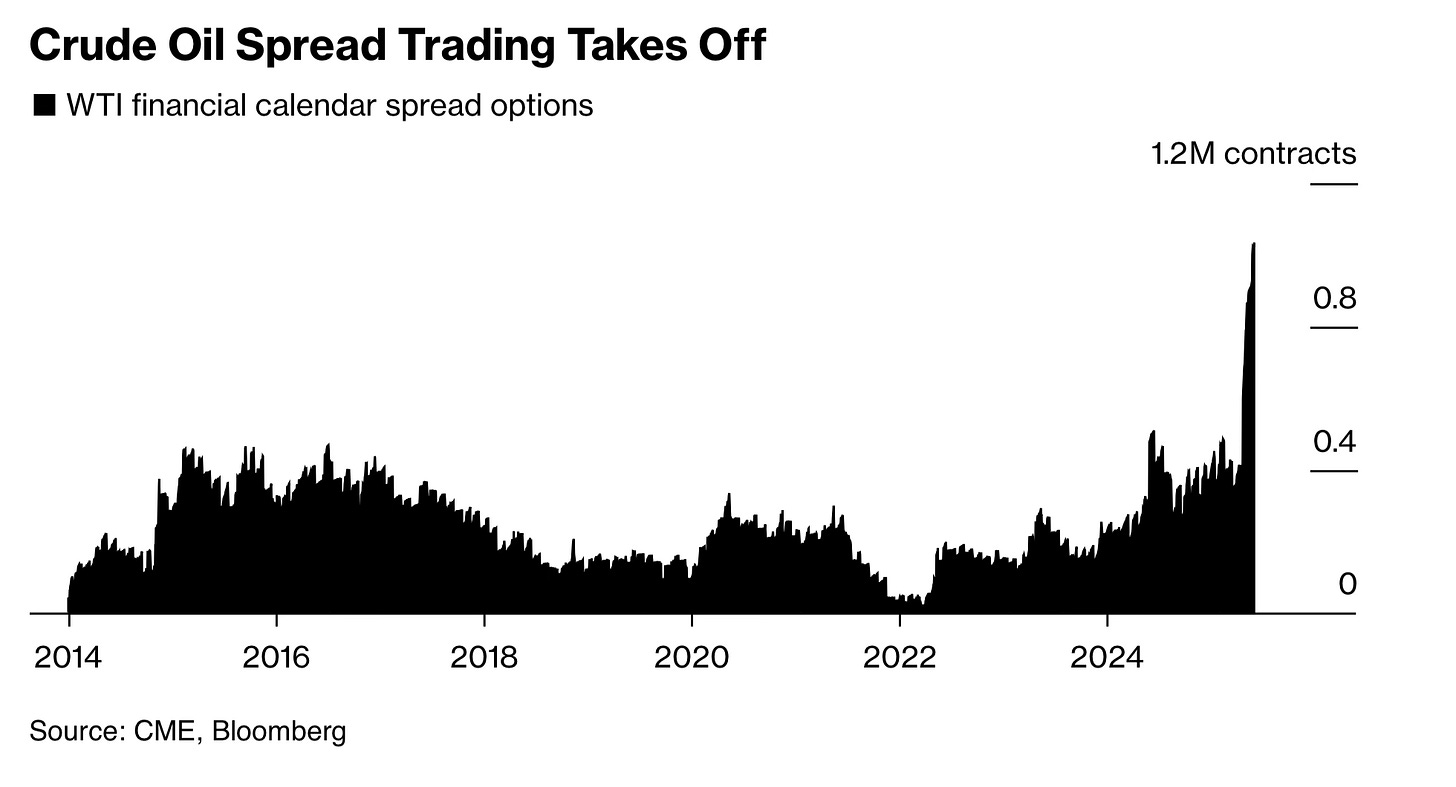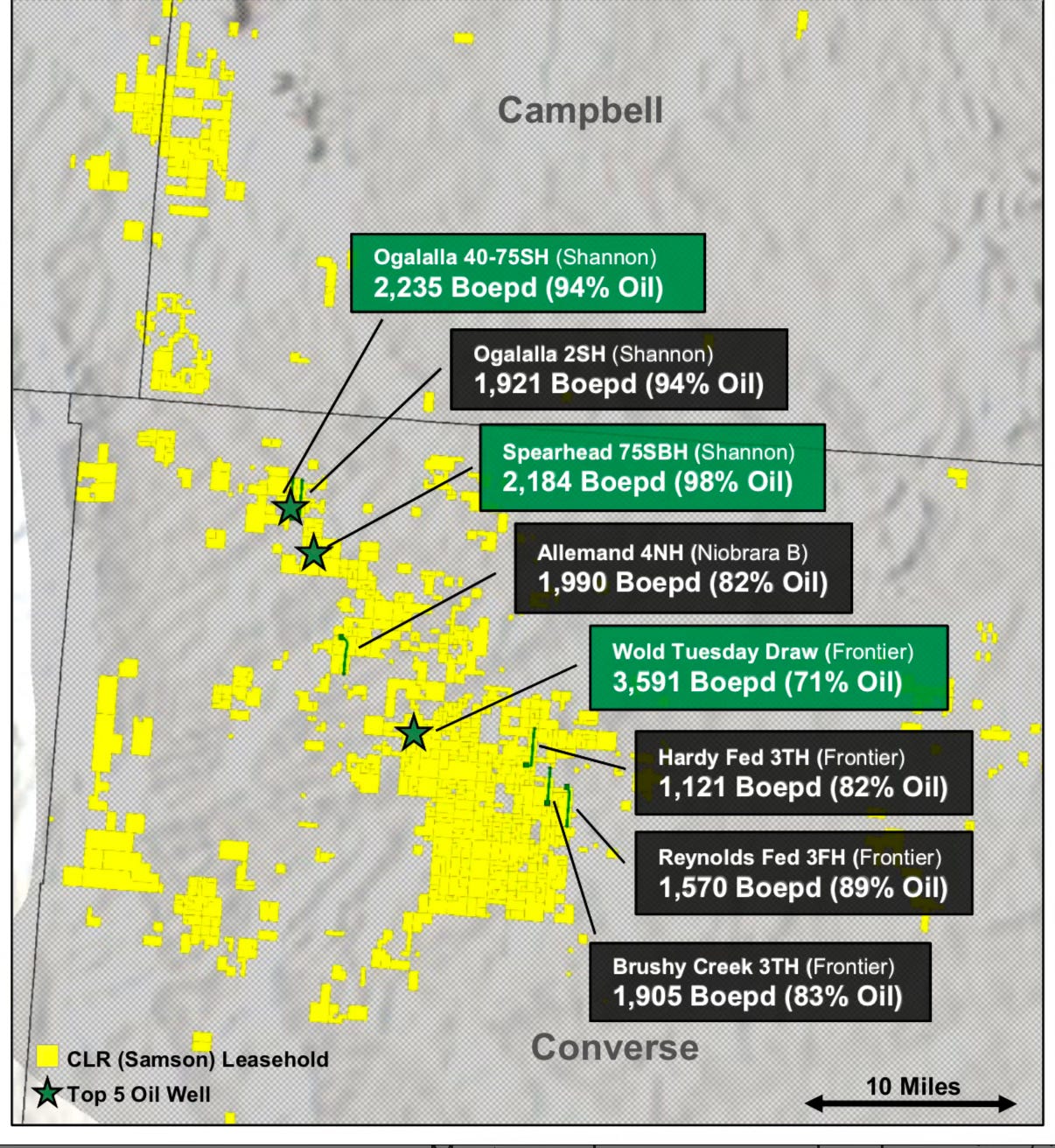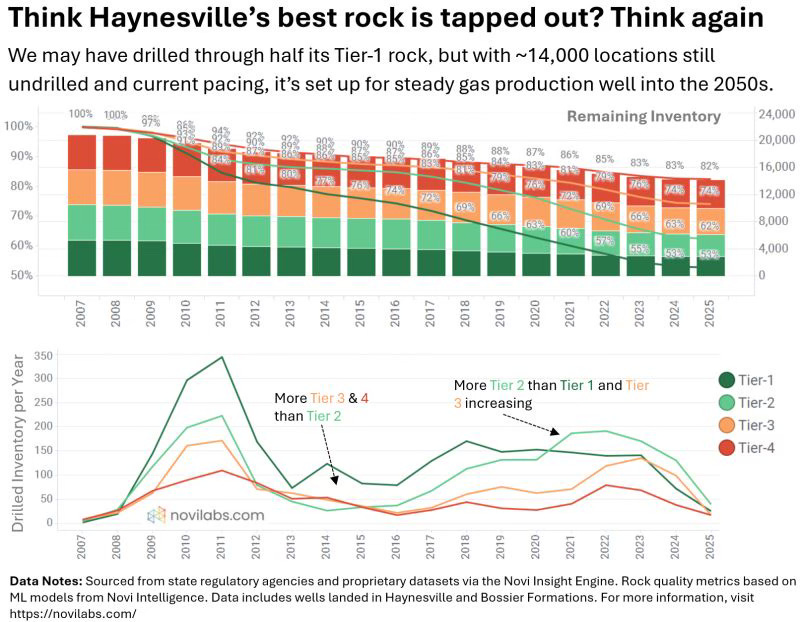Upstream Intel 6/16/25
Power River poised for a boom | Paper performance | Land shortage or wrong data? | Alaska explores revoking leases over stalled drilling
Welcome back to Upstream Intel, Lease Analytics’ weekly roundup of our analysis and insights. As always, we would love to hear from you with news ideas, feedback, and anything else you find interesting.
Sent this by a friend? Sign up here to receive UIW in your inbox.
🕒 Read time: 5 minutes
Data Drill: Landing Opportunity
Powder River sees strong interest in lease auction
Momentum is quietly building in Wyoming’s Powder River Basin as operators sharpen drilling techniques and revisit ground once considered too tricky to crack. At Hart Energy’s SUPER DUG conference, Continental Resources CEO Doug Lawler pointed to new success with longer laterals and refined completions, progress that is enabled by smoother federal permitting.
That optimism is echoing in last week’s lease sale: BLM auctioned nearly 53,000 acres, generating more than $9 million in bids and rentals in a basin which Continental sees containing more than a billion barrels.
Top Five Bidders:
Most parcels were snapped up by a mix of independents and private operators looking to lock in drilling runway while federal timelines improve. With undeveloped inventory tightening elsewhere, fresh Powder River acreage is becoming a pragmatic bet on the next round of unconventional growth.
Congress explores selling millions of acres of public land
More land may be coming on the market soon, with a new Senate plan tied to President Trump’s tax cuts requiring the BLM to sell up to 3 million acres of federal land, Bloomberg reports. The broader package aims to generate nearly $30 billion through expanded oil, gas, coal, and timber lease sales, with some parcels designated for new housing development near cities to ease supply shortages.
What’s the Value of Paper Performance?

Accounting tricks help make make paper market energy profits look less volatile
NRG Energy, one of this year’s best-performing S&P 500 stocks with a 65% gain, is drawing fresh scrutiny for how it keeps its trading profits looking smooth on paper, the Wall Street Journal reported. In late 2024, the company froze the reported value of $770 million worth of derivatives (more than half its book value) by reclassifying them under a loophole called “normal purchase normal sale.”
The accounting maneuver helped mute swings that once saw NRG report a $1.25 billion unrealized loss in just one quarter. While the tactic is allowed, critics warn it lets energy traders hide volatility that could turn into real cash losses later. In a sector where derivatives now drive most reported profit—$506 million in mark-to-market gains last quarter alone—this raises a bigger question: how much “stable earnings” really reflect underlying market risk when billions in paper bets are parked off the radar.
O&G sector outlook deteriorates, but balance sheets stand strong
Fitch Ratings has downgraded its global oil and gas sector outlook from neutral to deteriorating, citing weaker-than-expected demand growth and faster supply gains from both OPEC+ and non-OPEC producers. The agency now expects oil demand to rise by only 800,000 bbl/d in 2025, down from over a million, with extra barrels from the US, Brazil, and others likely to keep the market oversupplied and prices under pressure.
Even so, most Fitch-rated companies enter this softening market with healthy balance sheets and disciplined capital spending, thanks to years of high prices and conservative cash management. A resilient gas market is expected to cushion some of the crude weakness, helping upstream players manage the squeeze. As paper swings capture more attention than physical realities, strong fundamentals remain one of the few anchors for those looking past headline volatility.
In Other News:
Permian and Haynesville: A shortage of rock, or a lack of visibility?
With land prices soaring and Tier‑1 acreage tightening, headlines say core rock is running out in America’s top basins. But new drilling techniques and sharper land data are quietly redrawing the map of what counts as productive, turning overlooked zones into fresh inventory.
We unpack how operators with the right title records and subsurface intelligence are finding hidden runway where others see scarcity, and why that edge could define the next chapter of U.S. shale.
Read the full analysis at Lease-analytics.com
Alaska considers revoking leases over stalled exploration
Facing a looming natural gas shortfall for heating and power in urban Alaska, state officials are threatening to revoke BlueCrest Energy’s Cook Inlet leases after years of stalled drilling. The Dunleavy administration says untapped reserves can’t sit idle while utilities plan costly LNG imports and warn of potential rolling blackouts.
With a $55 million well and a $350 million offshore platform at stake, the state is sending a clear message: develop or make way for companies ready to bring new gas to market.
Chevron develops new completions technique
Chevron and Halliburton have unveiled a new closed-loop, feedback-driven hydraulic fracturing system in Colorado, combining automated stage execution with real-time subsurface data to adjust completions without human intervention.
Powered by Halliburton’s Zeus IQ platform and Chevron’s subsurface algorithms, the process shifts fracturing from static forecasts to live adaptive control, in order to boost efficiency, consistency and well performance.
Quote of the Week:
“We want to see aggressive, defined momentum towards putting our resources into active production. We need to see some drilling. We need to see some action.”
— John Boyle, Alaska Commissioner of Natural Resources, on idle leases and looming gas shortages.
What We’re Reading:
Encino Led Ohio’s 11% Utica Oil Output Growth in 1Q25. (Hart Energy)
How can you create a stand-alone business in record time? A global commodities firm looked to set up an upstream subsidiary with operational capabilities in less than six months. (EY)
Fervo Energy Sets Geothermal Drilling Records with Appraisal Well in Utah. (Hart Energy)
Permian Oil Producers Face Higher Costs With New Saltwater Rules. (Oilprice.com)
US Energy Loan Office Should Fund Oil, Gas, White House Aide Says. (EnergyNow)
AI and the Great Crew Change – what are we up against? (Oil and Gas Journal)







